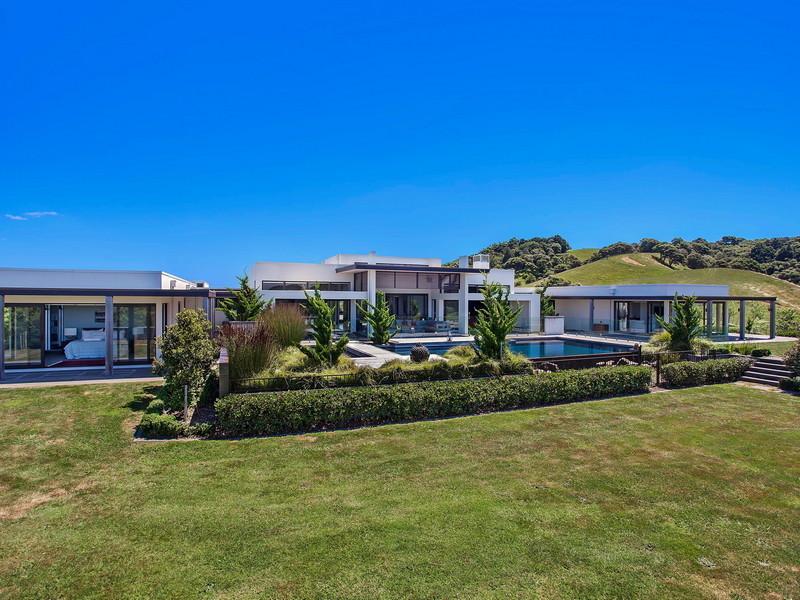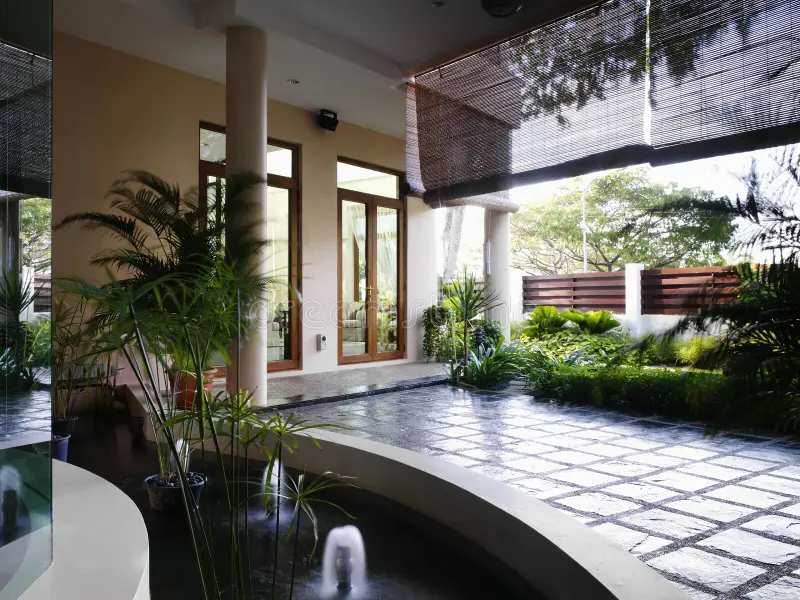When it comes to creating a breathtaking outdoor space, landscaping is the key. It goes beyond simply planting flowers and mowing the lawn. Landscaping is an art that combines nature, design, and creativity to transform your outdoor oasis into a true masterpiece. Whether you have a sprawling backyard or a small balcony, landscaping offers endless possibilities to enhance the beauty of your surroundings. In this article, we will explore the elements of landscaping and how they can be used to create a unique and inviting outdoor space.

The foundation of any great landscape design lies in careful planning and consideration. Start by assessing your outdoor space and envisioning how you would like it to look and feel. Consider the natural elements present in your area, such as sunlight, wind patterns, and soil quality. These factors will influence your plant selection and layout. Next, think about your personal style and preferences. Do you prefer a formal, symmetrical design, or do you lean towards a more relaxed, natural look? Understanding these factors will help you create a cohesive and harmonious design.
One of the essential elements of landscaping is the use of plants. They bring life, color, and texture to your outdoor space. When selecting plants, consider their size, growth habits, and maintenance requirements. Create layers of plants with varying heights to add depth and visual interest. Incorporate a mix of evergreen and deciduous plants to maintain a year-round appeal. Native plants are also an excellent choice as they are well-suited to your area’s climate and require less maintenance.
Another vital aspect of landscaping is hardscaping. This includes elements such as pathways, patios, decks, and retaining walls. Hardscaping adds structure to your outdoor space and creates functional areas for relaxation and entertainment. Choose materials that complement the style of your home and blend harmoniously with the natural surroundings. Options range from rustic brick and stone to sleek concrete and timber. Incorporate seating areas, fire pits, and water features to create inviting focal points in your landscape.
Water features are an enchanting addition to any landscape design. The gentle sound of flowing water can create a soothing and peaceful ambiance. Consider installing a pond, fountain, or waterfall to add a touch of tranquility to your outdoor space. Water features also attract birds and other wildlife, enhancing the overall ecosystem of your garden.
Lighting plays a crucial role in landscaping, extending the usability and visual appeal of your outdoor space into the evening hours. Strategic placement of lights can highlight architectural features, illuminate pathways, and create a warm and welcoming atmosphere. Consider a mix of soft ambient lighting and focused task lighting to create layers of light that enhance both aesthetics and functionality.
Lastly, don’t forget about the power of focal points and decorative elements. Sculptures, birdbaths, and ornamental plants can add character and charm to your landscape. They serve as eye-catching centerpieces and create conversation starters. Incorporate elements that reflect your personality and passions to make your outdoor space truly unique.
In conclusion, landscaping is an art form that allows you to transform your outdoor oasis into a stunning masterpiece. By carefully considering elements such as plants, hardscaping, water features, lighting, and focal points, you can create a landscape that reflects your style and enhances the beauty of nature. Whether you have a vast estate or a tiny balcony, landscaping offers endless possibilities for creating a unique and inviting outdoor space. So roll up your sleeves, unleash your creativity, and embark on a journey to create a landscape that will leave a lasting impression.


